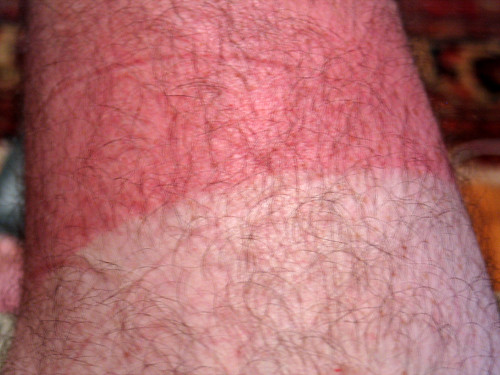
Skin cancer is the most commonly diagnosed cancer for both women and men. The number of confirmed cases has steadily increased over the past few decades. Knowing your risk factors, how to identify the early stages of this disease and how to protect yourself from skin cancer is essential for early detection and effective treatment.

There are two types of skin cancer: melanomas and keratinocyte cancers. Melanomas are less common yet more serious than other types of skin cancer. It is important that you locate and receive treatment for all types of this cancer to prevent the spread into surrounding tissues.
A major risk factor for skin cancer is exposure to ultraviolet (UV) rays from sunlight or tanning beds. UV rays can penetrate the skin even when it is cloudy, cool or hazy outside. There are some things you can do to limit your sun exposure. Many physicians recommend daily use of sunscreen. You should seek shade when spending time outdoors and try to avoid activities outside when the sun's rays are strongest, usually between 10am and 4 pm. Hats, sunglasses and protective clothing protect your skin from UV exposure. Stay away from indoor tanning beds as they have been linked to melanoma and squamous cell skin cancers.
Individuals with fair skin that freckles and burns easily are at a higher risk for this type of cancer than those individuals with darker skin. This is because pigment or melanin in your skin provides protection from UV radiation. If you have light-colored eyes and blond or red hair, you may be at a higher risk as well. According to the Mayo Clinic, some other risk factors include:
- Personal or family history of skin cancer
- Excessive sun exposure
- History of sunburns
- Moles
- Weakened immune system
- Increasing age
No matter what your risk factors, it is important that you examine your skin each month. Many skin cancers are highly treatable with early diagnosis. Look for any changes in moles or unusual areas on your skin. Schedule an appointment with a dermatologist for a thorough skin exam each year. These check-ups are the best way to make sure that your skin remains healthy.
If you or the dermatologist finds a spot on your skin that causes concern, he may take a biopsy of the area. If the lab finds cancerous or pre-cancerous cells, more tests may be needed to determine the stage, type and extent of the cancer. Once the cancer is staged, the physician will determine which treatment options will be most effective. Most skin cancers are highly treatable if found early. Follow up exams and tests will be needed to ensure that the cancer does not reoccur.
While there is no way to avoid UV exposure completely, taking a few precautions can make a big difference in the overall health of your skin. Be vigilant about your skin checks and contact your physician with any concerns. With a little bit of prevention and routine checks, you may be able to lower your risk for developing any form of skin cancer.

No comments:
Post a Comment